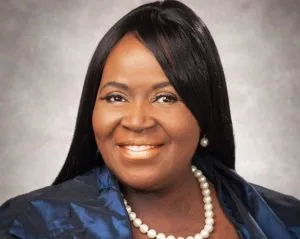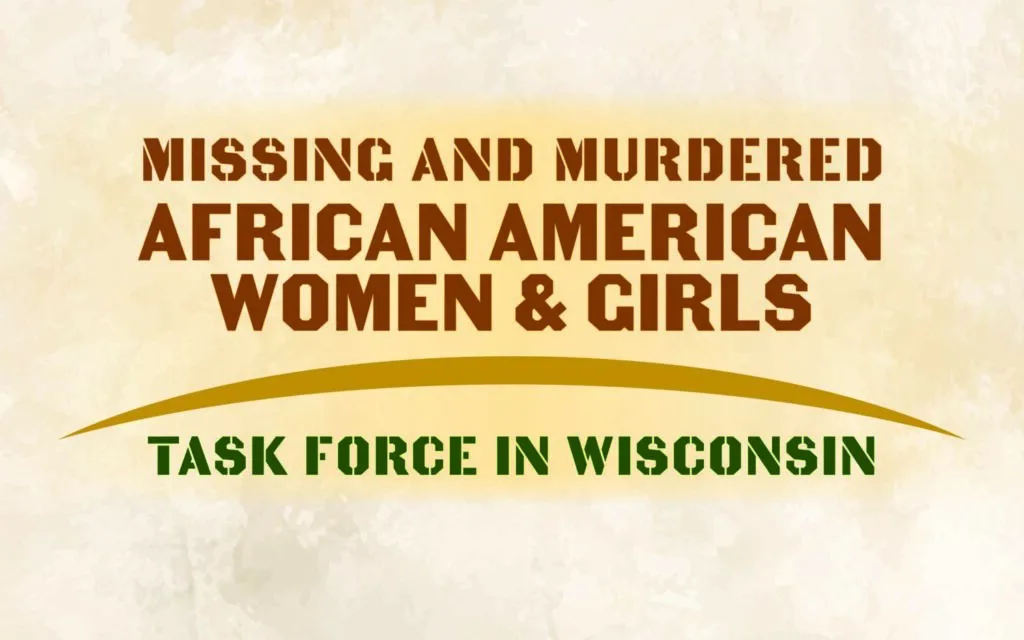For State Rep. Shelia Stubbs, there is a clear problem in the state of Wisconsin where she sees African American women and girls missing and murdered at disproportionately higher rates than their white counterparts.
Stubbs (D-Madison) and three of her colleagues in the Wisconsin State Legislature introduced LRB-3661/1 on Oct. 10 which is looking to create a task force on Missing and Murdered African American Women and Girls in Wisconsin.
Sen. Jesse James, R-Altoona, is a lead sponsor of the bill while Rep. Michael Schraa, R-Oshkosh, and Sen. LaTonya Johnson, D-Milwaukee, are also working on the legislation.

“I introduced it to all of my colleagues in the Legislature. So that’s 33 senators and 99 state reps. Everyone has an opportunity to sign on to the bill as co-sponsors by Oct. 18 at noon … that’s when our deadline is,” Stubbs tells Madison365.
“There’s a clear problem in our state that sees African American women and girls missing and murdered at disproportionately higher rates than their white counterparts,” she continues.
Stubbs says that the rate of African American femicide across the U.S. in 2020 was 8/100,000, which is four times the rate of femicide among the white female population. “In Wisconsin, the reality is even more disturbing — African American women and girls are killed at a rate of 20.2/100,000 as of 2020,” she says. “The COVID pandemic has exacerbated domestic violence and the murder rates nationally and I just believe it’s our responsibility statewide, federally, and locally to really begin to investigate the violence.”
The Missing and Murdered African American Women and Girls task force, Stubbs says, is the first step to protecting and enhancing the lives of our African-American women and girls in Wisconsin.
“I believe that we need to find solutions to stop this senseless violence towards Black women and girls in our community, our county, our state and our country. Wisconsin is one of the worst states to exist for Black Americans,” she says. “Every system is plagued by some level of racial disparity from either health care to criminal justice, incarceration, education, housing, workforce, violence and guns … and Black girls and our women are at an intersection of two marginalized identities — race and gender.”
Stubbs says she is excited about the makeup of the task force which will consist of 19 members from the legislative, legal, and nonprofit sectors.
“So this task force will bring together legislators, law enforcement officials, representatives from organizations that provide legal services, and representatives of organizations that already provide targeted services to African American women and girls like advocacy and counseling, violence prevention, and victim’s services,” Stubbs says. “I think this is an important perspective of each of these key stakeholders to help us formulate a concrete plan to put an end to these inequitable, violent outcomes.
“You cannot do this work — and I would never want to do this work — without having survivors of gender violence. So we would have three representatives from that group, too.”
A similar Missing and Murdered African American Women Task Force (MMAAW) was created in Minnesota during the 2021 Legislative session to examine and report on systemic causes of violence against African American women and girls, appropriate methods of tracking and collecting data, measures necessary to help victims, and more.
“The systemic causes behind violence for African American women and girls include a pattern of underlining factors that explain why there are disproportionately higher levels of violence that occurs with African American women and girls including historical, generational issues, social, economic, institutional, cultural factors … that all can be contributing factors,” Stubbs says.
Stubbs adds that the media has not really been covering this important topic enough.
“It’s kind of gone under the radar. And I think that’s where I step into that … It’s a passion for me,” she says. “This is an issue that we need to be talking about … so this issue cannot continue to be under the radar.
“The bill is a bipartisan piece of legislation. So that is a huge win already with this legislation. Once we get that through, the next goal would be to hopefully get Speaker [Robin] Vos to assign this particular bill to a committee at the Legislature level in the Assembly. And once it is assigned to the Assembly, we will have a public hearing. Anyone can come and testify on this legislation.”
After the public hearing, Stubbs adds, she will be advocating to the chair of that committee that they vote on this bill and get this bill to the Assembly floor. “Sen. James and Sen. Johnson will be doing the exact same thing on the Senate side,” Stubbs says. “I want this bill to become law. My goal would be that this task force gets created this session and that we are able to start really addressing the needs and the root causes of racial disparities that exist across the state of Wisconsin as it relates to Black women and girls.”

